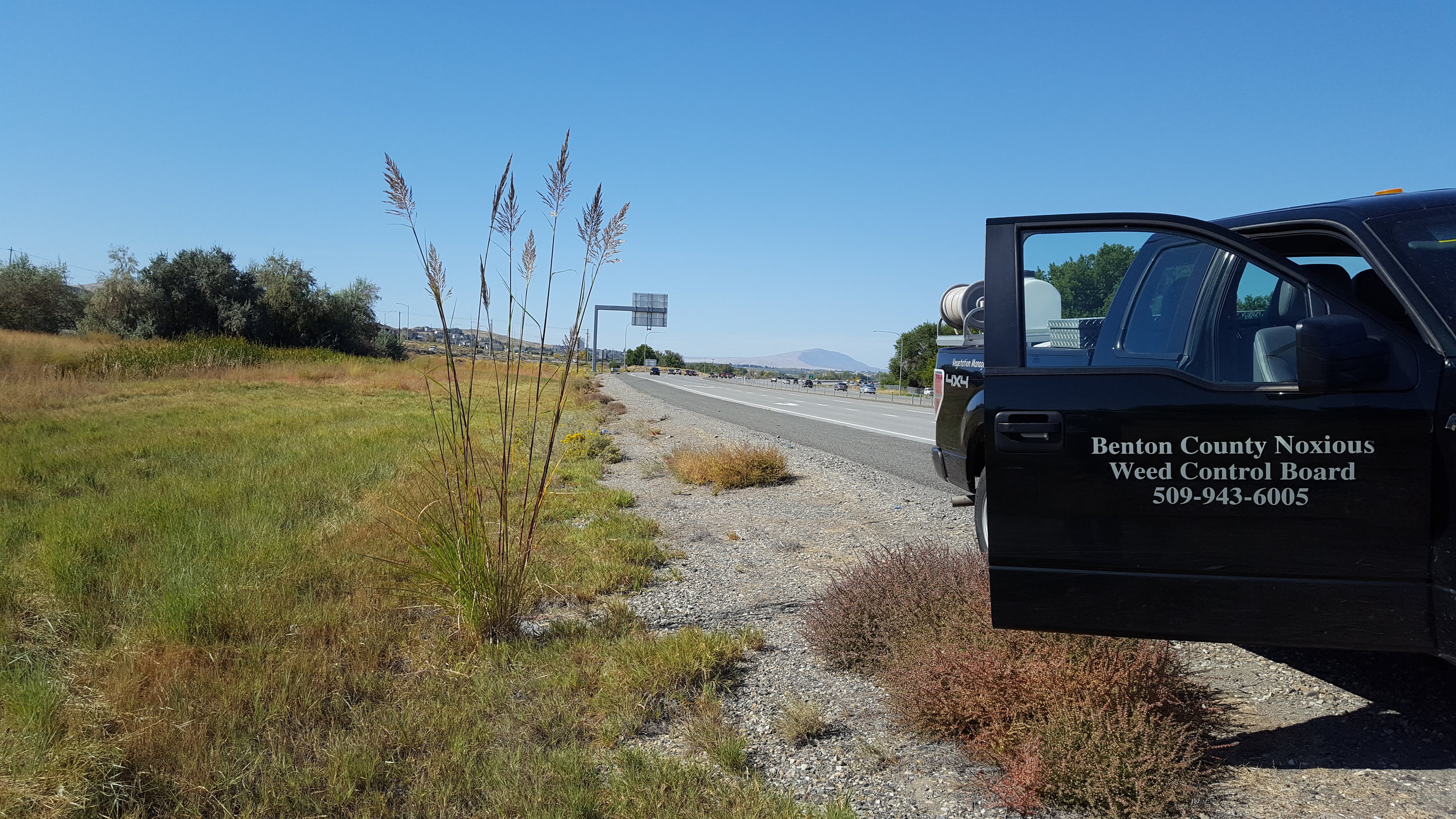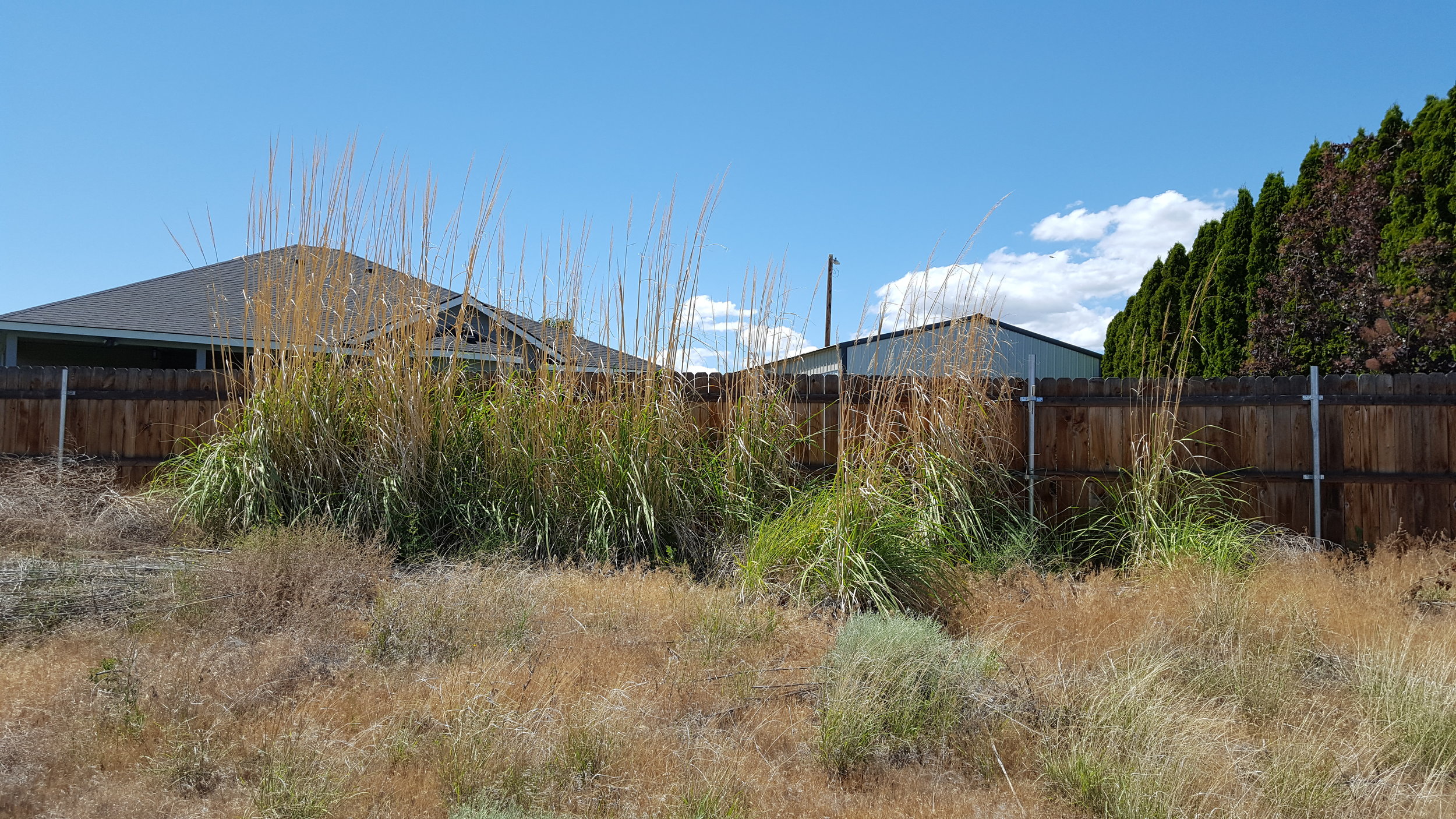Organizations
Weeds in Our Area
PDF version of a 50+ page, pocket-size field guide to the most troublesome weeds of Eastern Washington. Photos, impacts, and methods of control are listed for each weed. This publication also includes a brief introduction that explains how weeds spread, weed laws, and landowner responsibilities. 56 pages, 3 1/2" x 5 1/5".
PDF version of our knotweed brochure, covering four knotweed species that are Class B noxious weeds. It provides an overview on identification, impacts and control options. Two page handout, 8" x 14". (Spanish)
PDF version of our brochure about puncturevine, a Class B noxious weed. It details how to identify puncturevine, where it grows, why it is invasive and how to control it. Two page brochure, 8 1/2" x 11". (Spanish)
Plant Identification and Attributes
Weed Control
Gardening
PDF version of our popular new booklet which offers several non-invasive alternatives for 14 invasive ornamental and noxious weed. This book includes 26 additional plant recommendations for Eastern Washington gardens. Eighteen pages, 8" x 11".. Eastern Washington Version.
It was produced by WA Noxious Weed Control Board in collaboration with the Washington Invasive Species Coalition and the Washington State Nursery and Landscape Association.
"Low Water Gardening" will reduce the quantity and varieties of weeds in your garden. The Benton Conservation District in partnership with the Columbia Basin Chapter of the WA Native Plant Society have partnered to offer Benton County property owners free advice and consultation on converting to water-wise gardening. Contact the Heritage Garden Program.































